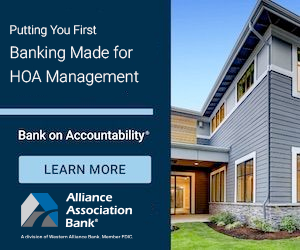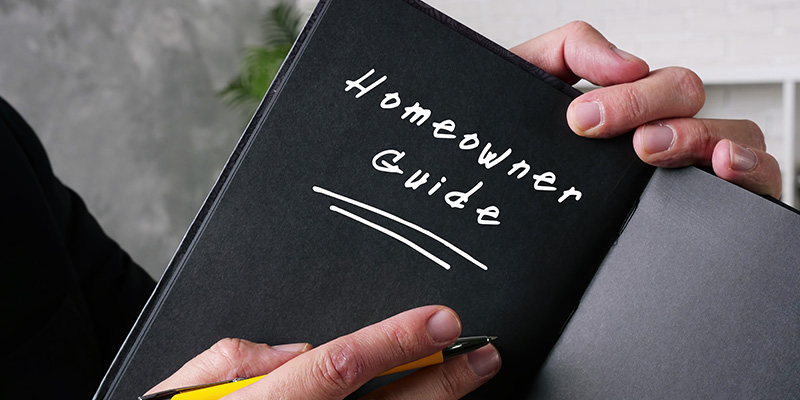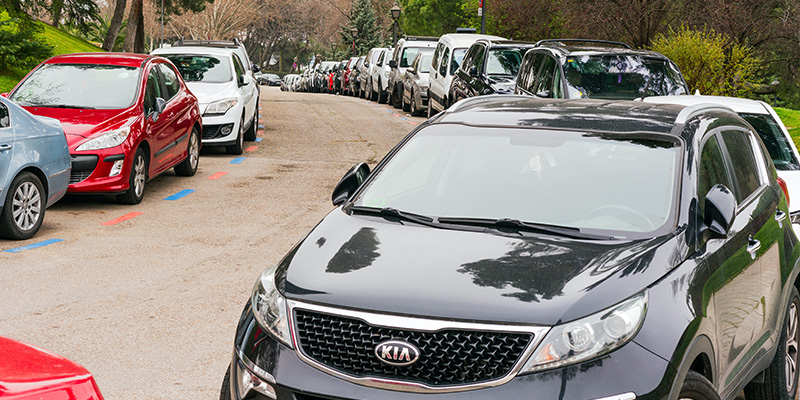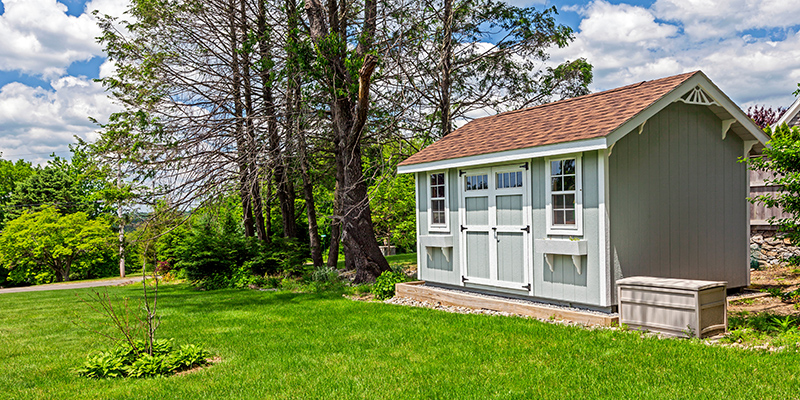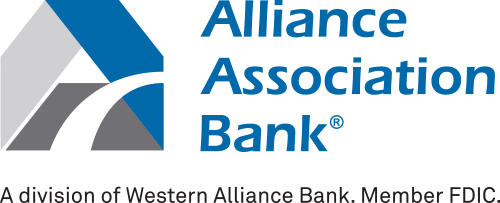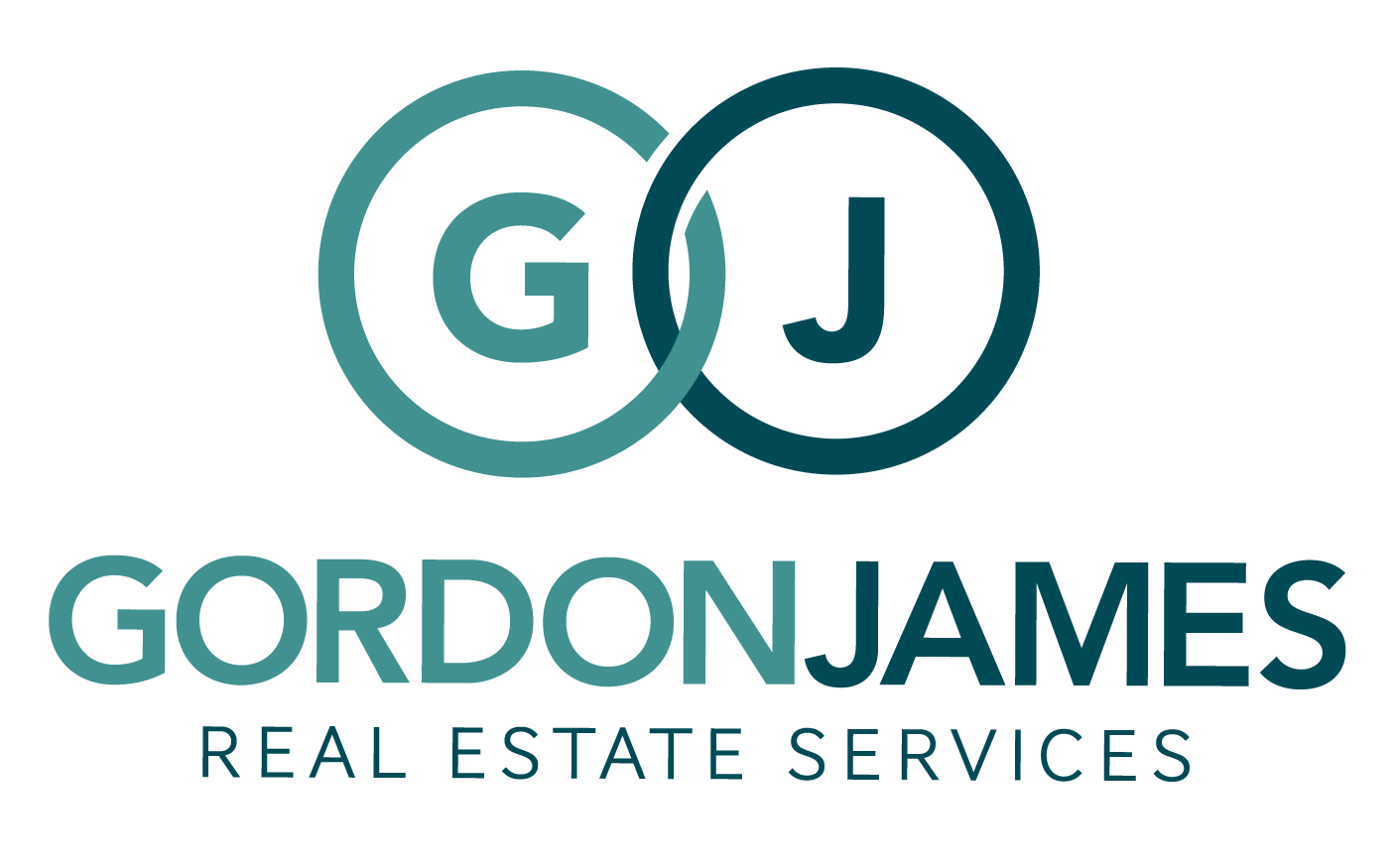A Guide To Planning And Building Your HOA Playground
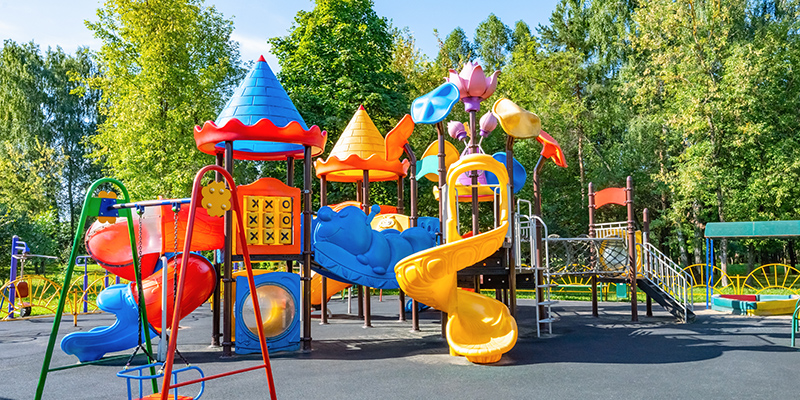
An HOA playground can add value and appeal to your planned community. It can attract families with kids and raise the overall satisfaction of residents. Planning your HOA playground, though, can be a tall order if you don't know where to begin. And it's not as simple as just installing playground equipment in any common area.
Browse By Category
Sign up for Our Newsletter
An HOA playground can add value and appeal to your planned community. It can attract families with kids and raise the overall satisfaction of residents. Planning your HOA playground, though, can be a tall order if you don’t know where to begin. And it’s not as simple as just installing playground equipment in any common area.
How to Plan and Build an HOA Playground
Homeowners associations are known for their amenities and facilities that all residents can enjoy. These amenities range from swimming pools and clubhouses to parks and fitness centers. Playgrounds are an enticing amenity in communities with a large population of families. If your association wants to add a playground, here are the steps you must consider.
1. Lay Down Your Objectives
First, it is important to determine the goals and purpose of your playground. There are several factors to consider, including but not limited to the following:
- Location. Choose a spot where you want to place the HOA playground in your community. The location you select can have a substantial impact on your plans. For instance, if you choose a small space, you’re limited to only a few playground equipment. Depending on the space, you may also need to identify potential hazards or additional design features. If you place a playground near the street, adding a fence is crucial. You may need to set up directional signs if it’s tucked in a hard-to-find area.
- Target Demographic. Playgrounds are more geared toward kids, but what age range are you targeting precisely? You can create a design from here and determine the features you will add.
- Safety. You should also consider how safe the area is. Placing a playground near a body of water, for instance, isn’t very safe, as children may feel tempted to take a dip. Large trees may provide shade, but you should also consider falling branches and exposed roots.
- Accessibility. When planning your playground, consider all the guidelines under the Americans With Disabilities Act. This ensures inclusivity and equal access for all kids.
2. Establish a Budget
 You can’t just buy HOA playground equipment blindly. Building a playground will cost significant money, so your association should set a clear budget from the get-go. Look at your objectives and identify how much your HOA can afford.
You can’t just buy HOA playground equipment blindly. Building a playground will cost significant money, so your association should set a clear budget from the get-go. Look at your objectives and identify how much your HOA can afford.
While homeowner dues are the typical source of revenue, there are other ways your HOA can secure funding. These include grants from other organizations, crowdfunding, and even a fundraiser. You can also accept donations from residents.
3. Create a Design
The next step when planning out your HOA playground structures is to create a design. You can settle on an aesthetic matching the rest of your community during this stage. You should also consider the layout of your playground, which hinges on the available space and the objective of your playground.
Additionally, you should select the types of playground equipment you want to include. Common options include slides, swings, and monkey bars. You can add more unique playground items, such as sensory boards, merry-go-rounds, and climbing walls. Of course, it will ultimately depend on your target demographic and accessibility.
While you can design the playground yourself, hiring a professional to do it is a good idea. Professionals are more experienced and can help you come up with a design that flows naturally.
4. Select Your Surfacing
Community playground surfacing plays a key role in enjoyment and safety. For those unaware, surfacing is the material on the ground underneath and surrounding your equipment. There are several surfacing types, including but not limited to pour-in rubber, rubber tiles, artificial surf, engineered wood fiber, and rubber mulch.
- Pour-in Rubber. This surfacing type offers a smooth, slip-resistant finish and a good cushion. Thanks to its even and uniform surface, it’s good for accessibility.
- Rubber Tiles. This offers the same benefits as pour-in rubber but allows for better customization.
- Artificial Turf. This type of surfacing mimics the look of grass and can also be quite soft. It’s suitable for outdoor playgrounds in areas with heavy rain as it dries relatively quicker than other surfacing.
- Engineered Wood Fiber. These are wood chips but without the sawdust. It’s a loose-fill type of surfacing, so it will naturally require refilling after some use.
- Rubber Mulch. This is the loose-fill equivalent of pour-in rubber. Therefore, it also provides excellent cushion without breaking the bank.
Each one has a distinct appearance and purpose. As such, you should choose your surfacing according to your design aesthetic, safety and accessibility considerations, and functional needs.
5. Consider Additional Features
Now that you’ve got the bulk of your playground planned, it’s time to add the finishing touches. There are additional features you can include in your HOA playground that will elevate the overall experience, such as:
- Bathrooms
- Water fountains
- Outdoor furniture (benches and picnic tables)
- Trash bins
- Gazebos and pavilions
- Stand umbrellas
All of these things can add value to your playground. Bathrooms and water fountains allow families to stay longer, as they won’t need to head home for a bathroom or water break. Outdoor furniture makes it convenient for parents and kids to sit down and have a snack. Trash bins keep the space clean. Meanwhile, gazebos, pavilions, and stand umbrellas offer shade from the sun.
You should also consider adding wider sidewalks and ramps in the area. This will allow you to conform to ADA guidelines and allow all kids to enjoy the space.
6. Set HOA Playground Rules
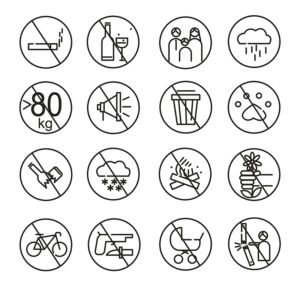 As with most HOA amenities, your playground should also have its own set of rules. Rules help maintain peace, order, and cleanliness — all of which contribute to an enjoyable playing experience.
As with most HOA amenities, your playground should also have its own set of rules. Rules help maintain peace, order, and cleanliness — all of which contribute to an enjoyable playing experience.
The rules you create will depend on the type of playground you build. That being said, some rules are more common than others. These include the following:
- Don’t use playground equipment when wet.
- No running, pushing, or shoving.
- Don’t misuse playground equipment.
- Wear proper footwear at all times.
- Adults must always accompany children.
- Be mindful of your surroundings.
- No littering.
The Final Word
Having an HOA playground can set your community apart and keep residents happy. Building a playground, though, takes time and careful planning. By following the steps above, you can create an enjoyable playground that suits your association’s needs and budget.
An HOA management company can help communities plan and manage playgrounds. Look for the best one in your area using our online directory!
RELATED ARTICLES:
- HOA Management: Playground Safety Tips
- How To Enforce Pool Rules In A Self-Managed HOA
- Will Installing EV Chargers Increase HOA Dues?
Trending Now
Related Article
Sign up for Our Monthly Newsletter
Sign up below for monthly updates on all HOA Resource


